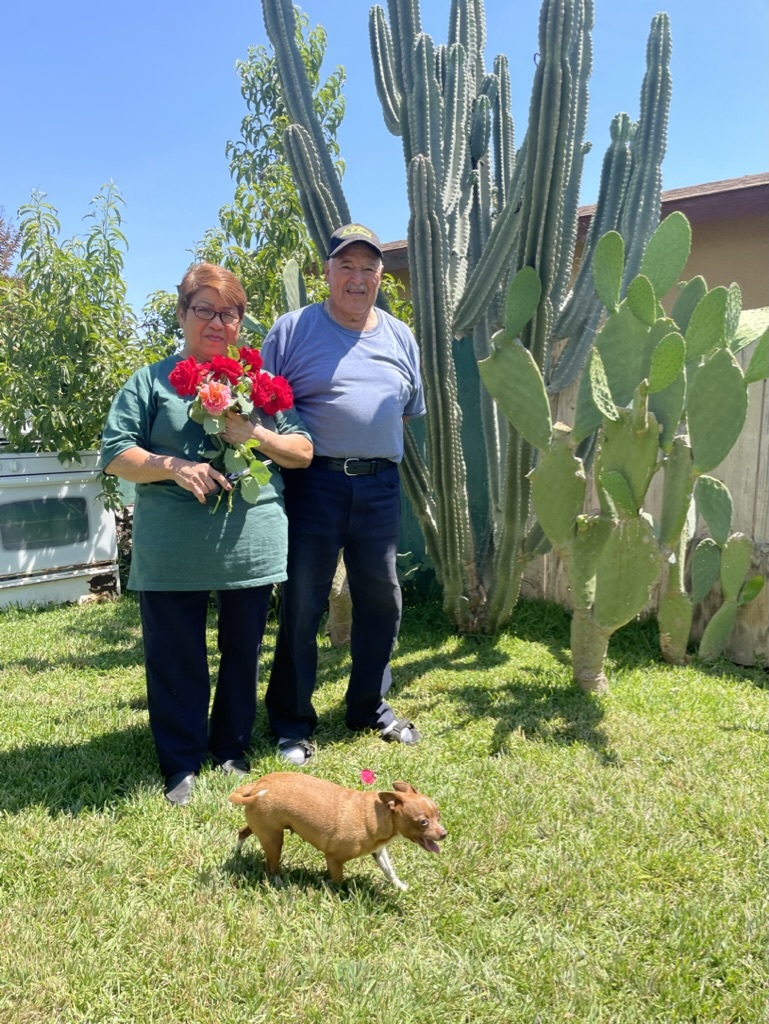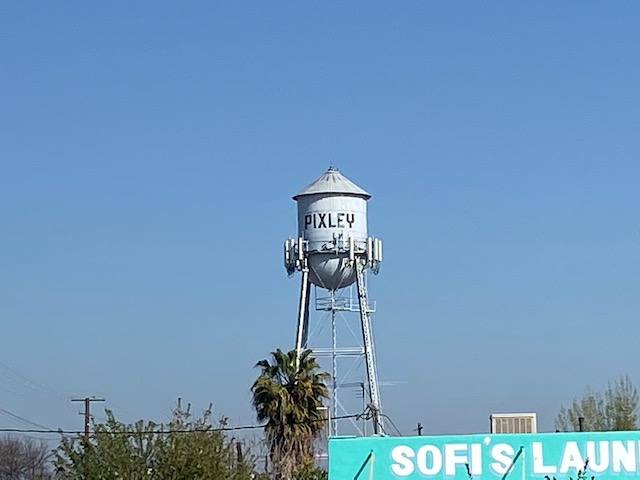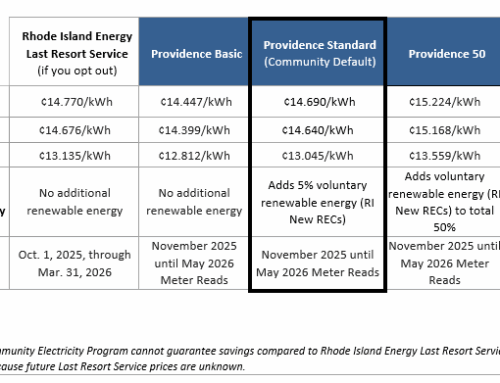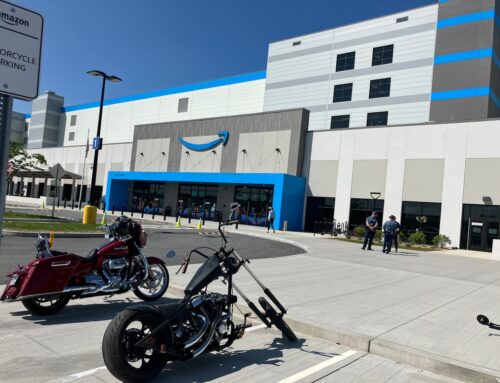How a California Clean Energy Program Became a Boon for Big Dairies
October 1, 2025
Maria Arevalo remembers Pixley as a lovely town in California with clean air and water when she moved there in 1967. “It was very peaceful,” the 76-year-old grandmother tells Sentient in Spanish. But starting in the 2000s, dairies set up operations, bringing in a stench of manure and swarms of flies. According to Arevalo, she also noticed more people experiencing asthma and other respiratory illnesses, which she believes are linked to pollution from the dairy farms.
Some of the dairies are equipped with biodigesters, which capture methane from manure lagoons and convert it into electricity, heat or fuel. Research has shown that livestock farms release pollutants such as ammonia , a gas that causes lung cancer, early onset asthma in young children and Chronic Obstructive Pulmonary Disease, into the surrounding air. While some research suggests that digesters themselves do not increase air pollution, local activists argue that incentives for digesters can enable livestock operations to expand — adding more air pollution to the community.
“I try to stay inside because the outside air is very polluted. I get headaches. I can’t breathe well,” says Arevalo, a former farm worker. She believes it is making her community sick. She and other family members suffer from sleep apnea — a condition linked to air pollution — and rely on breathing machines at night.
Arevalo is part of the Defensores del Valle Central para el Aire y Agua Límpio (Central Valley Defenders for Clean Air and Water), which filed a lawsuit against the California Air Resources Board over the state’s amendments to the Low Carbon Fuel Standard (LCFS) in July 2025. Petitioners accused the Board of failing to follow California laws meant to ensure that the Low Carbon Fuel Standard benefits both the climate and local communities.
While state regulators see the Low Carbon Fuel Standard as a model for slashing emissions, critics say that it goes too far in financially rewarding polluting factory farms and deepening health, environmental and economic burdens on low-income communities.

“Because the Low Carbon Fuel Standard has created this policy framework where methane captured at a factory farm, on paper, is better for the climate than solar and wind or driving an electric vehicle, they have created an enormously lucrative financial windfall for those factory farms with the poorest environmental performance,” Tyler Lobdell, a senior attorney with environmental advocacy organization Food & Water Watch, tells Sentient.
The Low Carbon Fuel Standard is a program designed to cut greenhouse gas emissions from the transportation sector — the largest source of carbon dioxide emissions in California — by requiring fuel providers to clean up their own supply chains or buy credits from producers of low-carbon fuels such as biogas. Biogas is meant to be renewable energy, formed when organic waste such as animal manure is broken down by microbes without oxygen.
Previously, the Low Carbon Fuel Standard mainly applied to transportation fuels. The updated rules, which took effect July 2025, extend factory farm biogas incentives beyond just transportation to cover hydrogen production and other industrial uses. The petitioners argue that expanding the market for LCFS credits in this way significantly increases the rewards for dairy farms to produce biogas. More recently, however, the value of Low Carbon Fuel Standard credits has decreased, thanks in part to an oversupply.
Under the Low Carbon Fuel Standard, dairy and livestock operations that install digesters to capture methane emissions from manure can earn credits for the resulting biogas, which qualifies as a low-carbon fuel. These credits can then be sold to transportation companies to offset pollution from gasoline and diesel.
The California Air Resources Board assigns biogas from dairy operations a negative carbon score because it assumes that without digesters, methane from cow manure would continue to be released. “No other fuel in the program gets credit in that way,” says Aaron Smith, a professor of agricultural and resource economics at University of California, Berkeley. Landfills can also generate biogas, but they do not get credit for avoiding methane emissions because the “baseline is that you would have had some other way of stopping the methane,” Smith adds.
Phoebe Seaton, legal director of the Leadership Counsel for Justice and Accountability, which represents Defensores in the lawsuit, also questions this logic. “It is concerning that we can claim we’re meeting our environmental climate goals when we’re only doing so through accounting tricks,” she says.
Seaton argues that the Air Resources Board is in violation of California laws because emissions reductions must be additional, which means they cannot be credited if they are already required by law or would have occurred anyway from other programs. She says that the Air Resources Board “cannot use the same emission reduction” to count toward both the transportation sector via the Low Carbon Fuel Standard and the agriculture sector.
The petitioners — which also include Food & Water Watch, Animal Legal Defense Fund and Center for Food Safety — argue that the program encourages dairy and livestock farms to expand their operations and produce more manure to maximize profits. The Low Carbon Fuel Standard incentives will exacerbate the environmental and public health harms already experienced by residents of San Joaquin Valley, the petitioners say. The Valley is home to most of California’s mega-dairies and also many low-income communities and communities of color.
They asked the court to compel the Air Resources Board to remove the flawed portions of the 2025 amendments and declare that the board violated environmental statutes. In a separate lawsuit filed in December 2024, the petitioners alleged that the Air Resources Board did not fully consider the health and environmental impacts of the Low Carbon Fuel Standard amendments and sought to have the board assess, disclose and mitigate those impacts. No tentative dates have been set for hearings.
The California Air Resources Board told Sentient in an email that the agency does not comment on pending or ongoing litigation. “The LCFS has been very effective to date,” they wrote in a press release. “This has displaced 320 million metric tons of CO₂ since 2011.”
California is the nation’s largest milk producer, and the dairy and livestock sector accounts for more than half of California’s methane emissions. Over a 20-year period, methane is about 80 times more potent at warming the planet than carbon dioxide. In the next five years, California aims to cut methane emissions from its dairy and livestock sector by 40 percent, equivalent to 9 million metric tons of carbon dioxide.
But instead of regulating farms directly, California uses the Low Carbon Fuel Standard to provide financial incentives for methane capture. A transportation program is a “very strange way” to regulate agricultural emissions, says Smith. However, he notes that California chose to subsidize dairy farmers because strict rules might prompt them to move out of state — a trend ongoing for the past 20 years — so the state opted for incentives over penalties. “It’s reasonable to believe” that relocation out of state “would have continued, or even accelerated, if CARB directly regulated like that,” he says.
While some digesters existed before California’s LFCS program, Smith says that credits from the state program and the federal Renewable Fuel Standard were crucial to making them widespread and economically viable. “So the program has at least contributed there to some capturing of methane that would not have otherwise occurred,” he says. But just how much methane is captured is still a matter of ongoing debate. Digesters only reduce methane emissions by 25 to 35 percent, according to a recent research from the World Resources Institute. Methane leaks at different stages of the biogas process can reduce this percentage even further.
Smith also argues that the state is paying farmers too much for methane reductions under the Low Carbon Fuel Standards. Methane is a more potent greenhouse gas, but it only stays in the atmosphere for about 20 years, while carbon dioxide lingers for centuries. For him, this makes reducing carbon dioxide more important, though he stresses that “there’s a very legitimate scientific debate on this topic.”
In Pixley, a largely Latino and economically disadvantaged community of 3,800 people, there are 26 dairies that house roughly 140,000 cows. Seven of those dairies have participated in the Low Carbon Fuel Standard program, and six of them have expanded since 2011.
Arevalo says that in Pixley, the air often reeks of ammonia and manure. The stench of manure is especially strong on hot days. She adds that the pollution from nearby dairies is also affecting water quality, yet the government has largely ignored her community’s concern.
“When we went to Congress in Sacramento, they told us to leave, move, buy another house. But if we don’t earn enough to eat and pay rent, where are we going to buy another house? We’re trapped here,” she says. “ It’s a time bomb where we live.”

Residents from nearby towns joined together to form Defensores in 2022. David Rodriguez is a member of Defensores and a resident of Planada, a community about two hours from Pixley. Like Pixley, Planada is largely Latino and low-income. While there is still no digester in Planada, residents say they don’t want to end up like Pixley after seeing the impacts of digester facilities there. And, as in Pixley, residents’ complaints have gone unaddressed, Rodriguez says. In Merced County, where Planada is located, factory farm gas infrastructure has increased in recent years, and around 10 dairies are expanding or seeking to expand their herds, according to the Leadership Counsel for Justice and Accountability.
This case is particularly important because other states like Oregon and Washington are using California’s Low Carbon Fuel Standard as a model, Christine Ball-Blakely, senior staff attorney at Animal Legal Defense Fund, tells Sentient.
“We don’t want other states to copy and paste this program,” its environmental injustice, or its profit incentives for factory farms, Ball-Blakely argues. The effects of California’s program have been felt in other states in other ways too, such as a factory farm in Wisconsin proposing a digester to send its biogas to the Golden State. The project has since stalled as its operators defaulted on loan repayments.
The current version of the Low Carbon Fuel Standard has set up a “manure gold rush,” says Jamie Zweifler-Katz, a senior staff attorney at Leadership Counsel for Justice and Accountability. Residents in Pixley are calling for limits on the number of cows per dairy, stricter enforcement of environmental regulations and support for housing. Their repeated requests for air sensors have been ignored, reports Peninsula Press. Those responsible for enforcing the laws are “not hearing our complaints,” Arevalo says.
Search
RECENT PRESS RELEASES
Related Post




